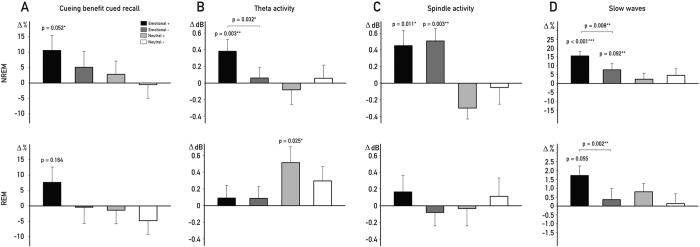Figure 4. Cued Recall Power Changes in the four Subcategories.
Differences in cueing benefits, oscillatory activity in the theta (5–8 Hz) and spindle range (12–15 Hz) and slow waves in the NREM and REM group after splitting each, the emotional and neutral category into a high (Emotional+ and Neutral+, respectively) and low arousing subcategory (Emotional− and Neutral−, respectively). Cueing benefits ((A) upper panel) were limited in the NREM group to emotionally high arousing (Emotional+) and not observable for emotionally low arousing associations (Emotional−). Mirroring this effect, the increase in theta activity for remembered trials ((B) upper panel) was mainly driven by the same category but spindle activity ((C) upper panel) was generally increased for remembered emotional association. Cueings of subsequently remembered Emotional+ were more often followed by slow waves as compared to Emotional− trials. A trend towards a significant cueing benefit (A lower panel) emerged also in the REM group (P = 0.16) and was restricted to the emotionally high arousing subcategory. Theta power was generally more pronounced in remembered neutral as compared with remembered emotional trials but the neutrally high (Neutral+) and low arousing trials (Neutral−) did not differ ((B) lower panel). Spindle power ((C) lower panel) was not significantly different for any subcategory and did not differ between the four categories in the REM group. Successfully cued Emotional+ were more often followed by slow waves as compared to subsequently remembered Emotional− trials ((D) lower panel). The cueing benefit score was created by first calculating the change of correctly recalled associations for cued and uncued associations separately, with setting the performance before the retention interval to 100%. Following, the uncued was subtracted from the cued score. Values are mean ± SEM. *P ≤ 0.05 **P ≤ 0.01 ***P ≤ 0.001.

